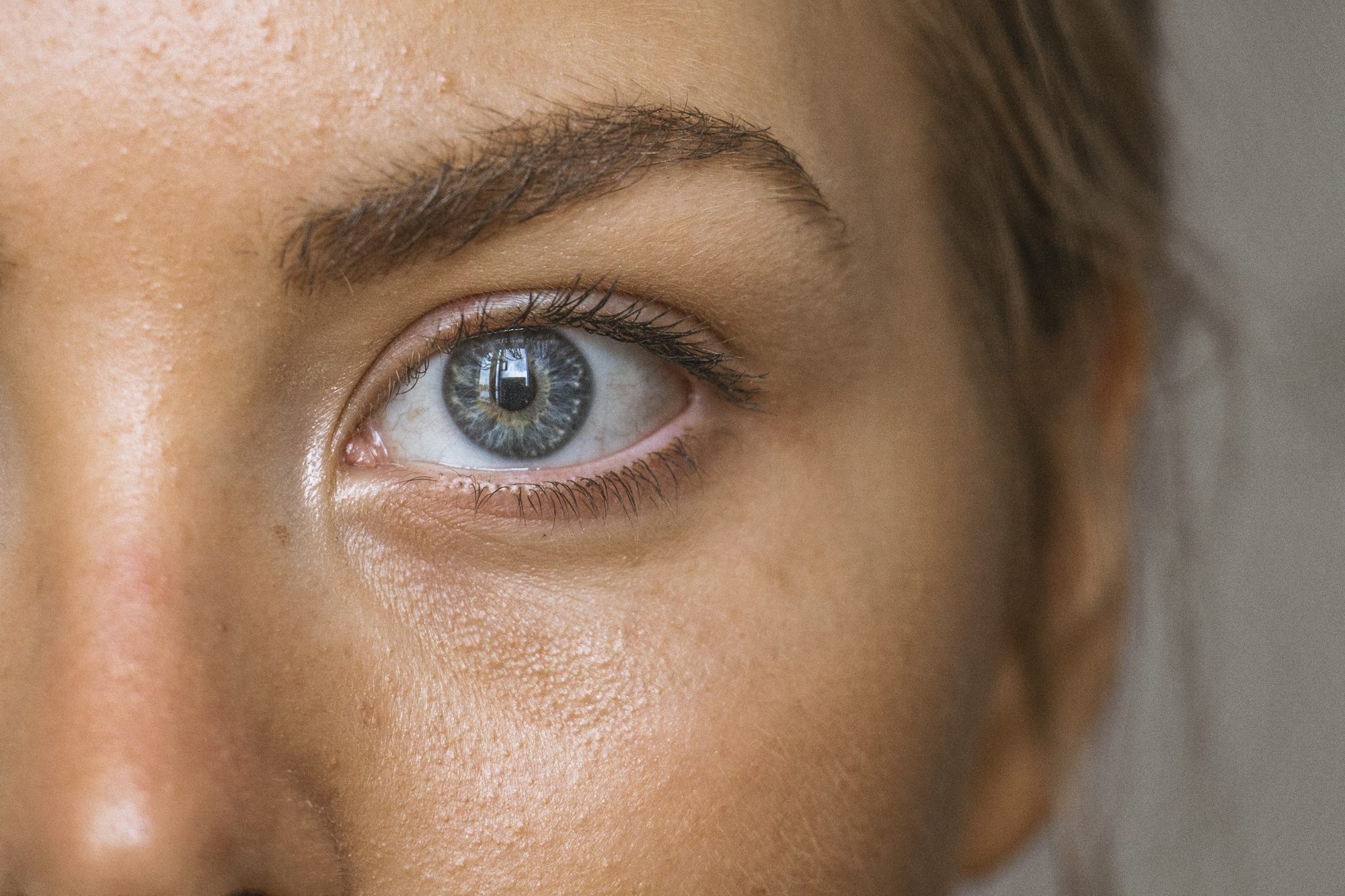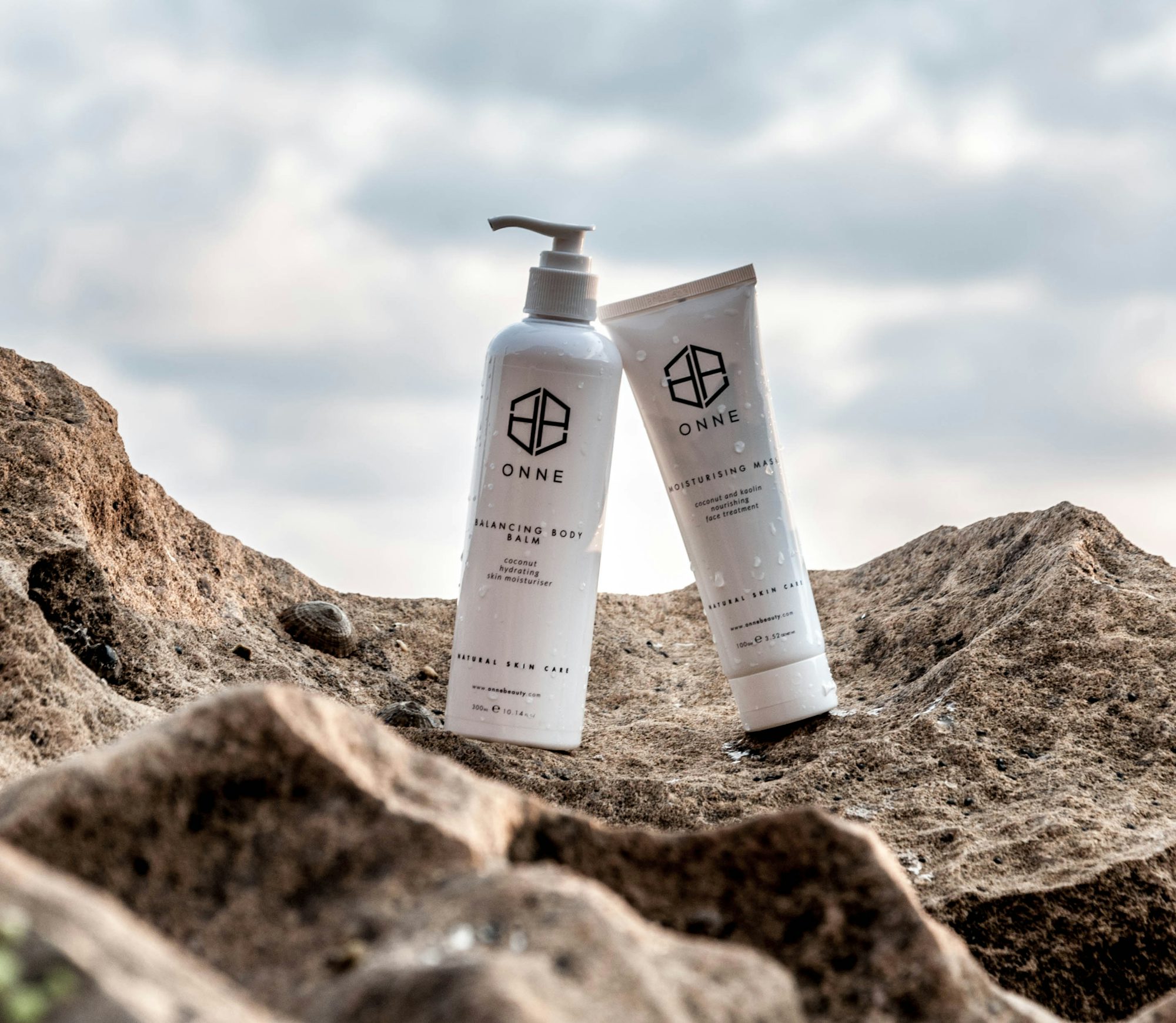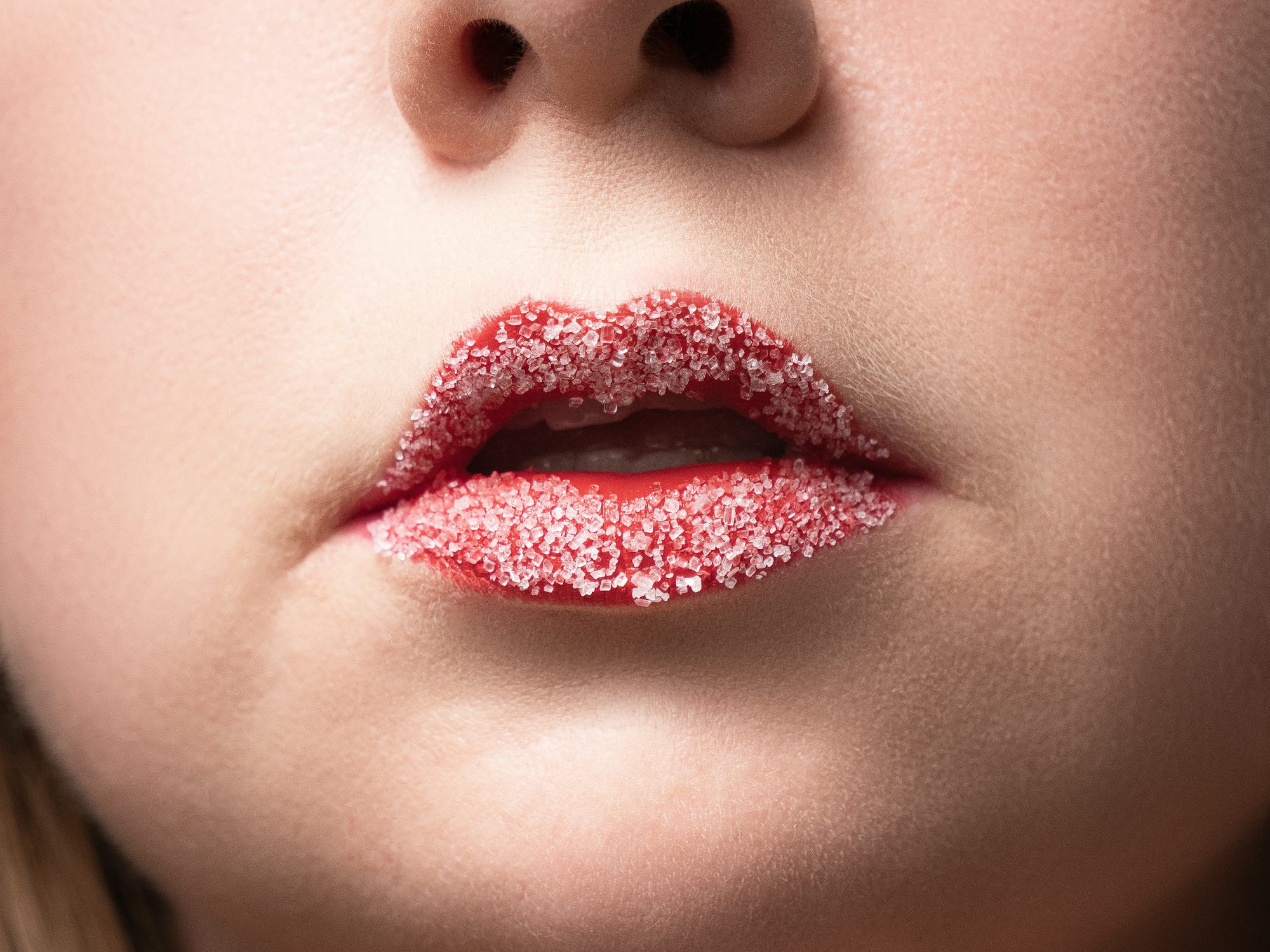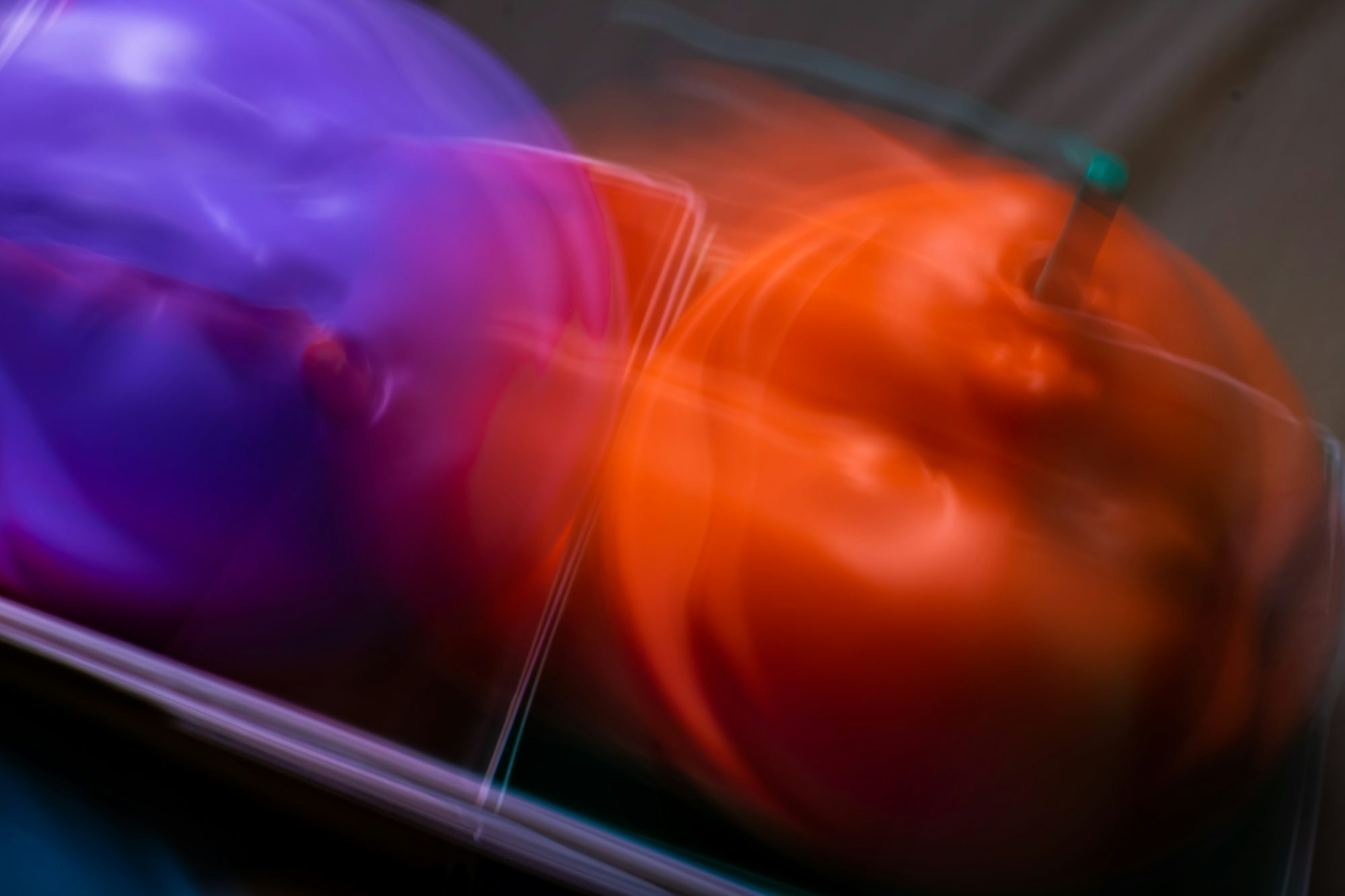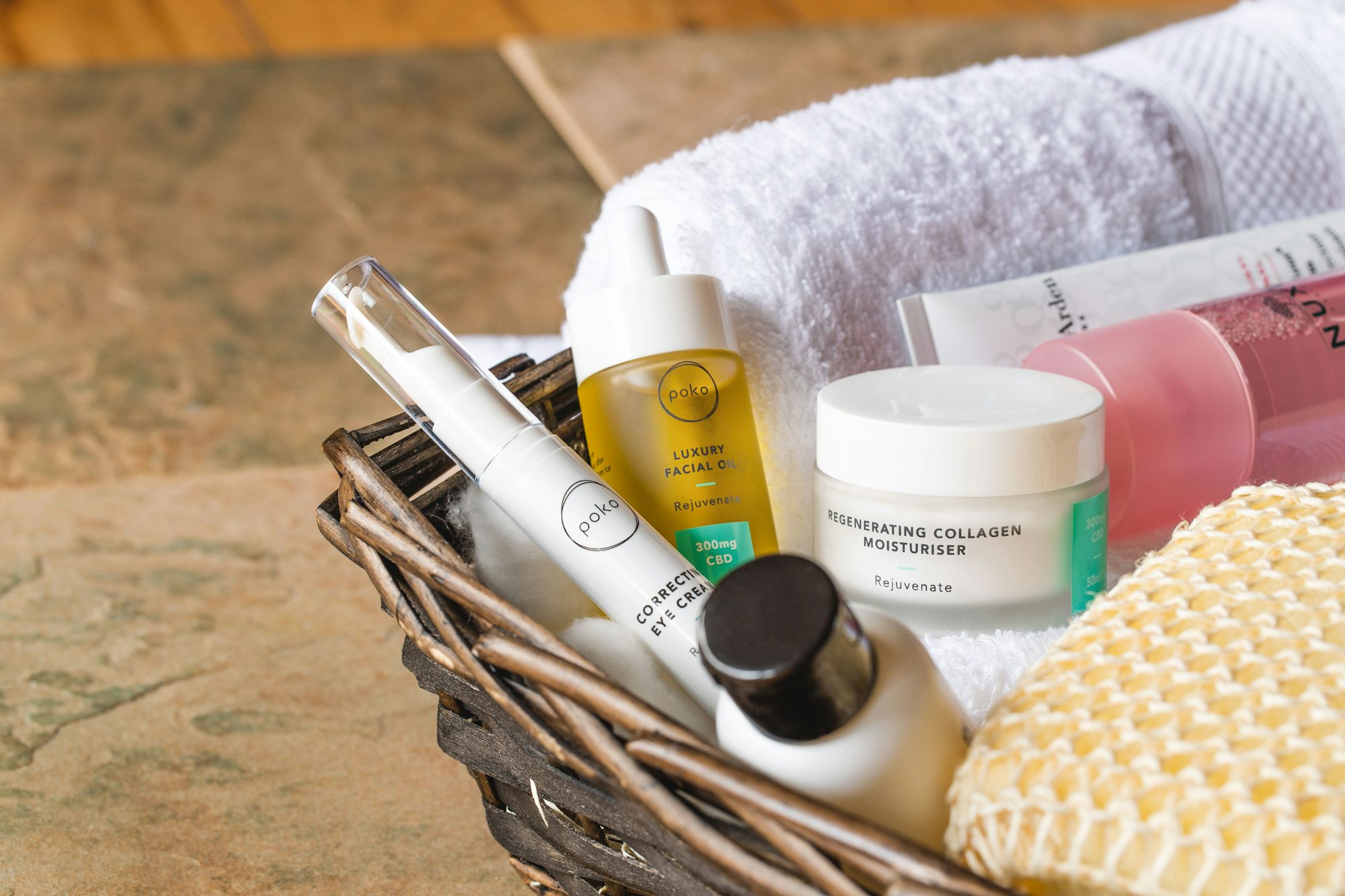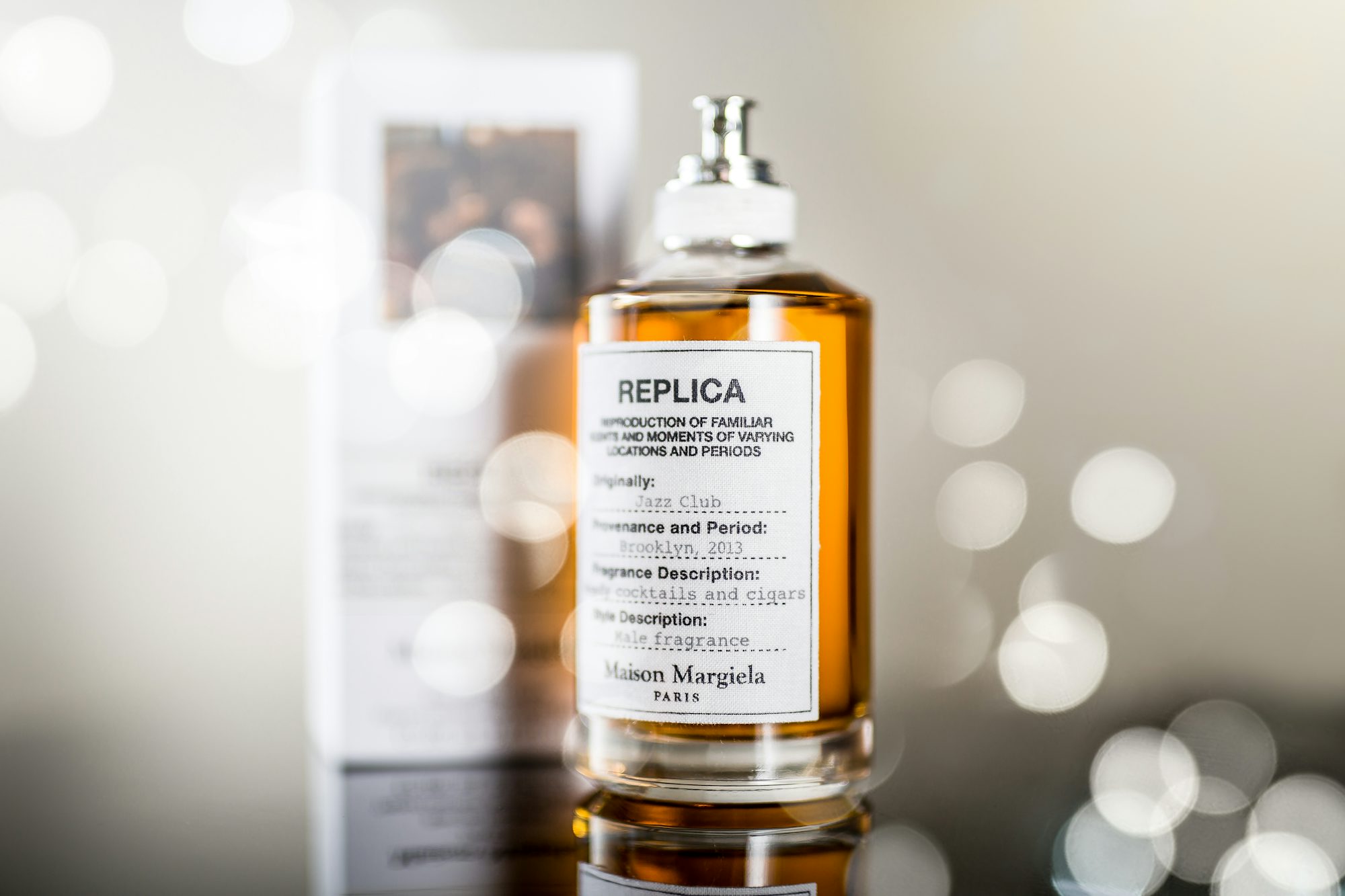In the realm of skincare, the order in which you apply products can significantly impact their effectiveness. Mastering the art of layering skincare products is essential for optimizing your routine and achieving your desired skin goals. This guide will explore the principles of layering, discuss the ideal order of application, and provide tips for creating a customized skincare regimen that works for you.
Understanding the Basics of Layering
Layering skincare products involves applying them in a specific order to maximize their benefits. The key to effective layering is to start with the lightest products and gradually move to heavier formulations. This approach ensures that each product is absorbed properly and can work effectively on your skin. It’s important to remember that each layer builds upon the previous one, so understanding how these products interact is crucial for optimal results.
The Ideal Order of Application
To simplify the process, here’s a breakdown of the typical order in which to apply skincare products, from the lightest to the heaviest:
1. Cleansers: The first step in any skincare routine is cleansing. Whether you choose a gel, cream, or foam, cleansing removes impurities, excess oil, and makeup, preparing your skin for subsequent products.
2. Toners: After cleansing, apply a toner to balance your skin’s pH and remove any remaining residue. Toners can also provide hydration and help with product absorption.
3. Essences: Next, consider using an essence, which is a lightweight, hydrating product designed to enhance moisture and prepare the skin for serums.
4. Serums: Serums contain concentrated active ingredients targeting specific concerns such as hydration, brightening, or anti-aging. Depending on your needs, you might use multiple serums, but apply them in order of thickness.
5. Moisturizers: After serums, apply a moisturizer to lock in hydration. Choose a formulation that suits your skin type—lightweight lotions for oily skin or richer creams for dry skin.
6. Eye Creams: The delicate skin around the eyes deserves special care. Apply eye cream after your moisturizer, focusing on the orbital area to address concerns like puffiness or dark circles.
7. Sunscreen: Finally, in the morning routine, apply sunscreen to protect your skin from harmful UV rays. This step is essential for preventing premature aging and maintaining healthy skin.
Tips for Effective Layering
While the order of application is important, there are additional tips to enhance your layering technique:
– Allow Each Layer to Absorb: Give your skin a moment to absorb each product before applying the next one. This practice allows the active ingredients to penetrate more effectively.
– Customize Based on Your Skin Type: Everyone’s skin is different. Consider your skin type (oily, dry, combination, or sensitive) when selecting products and layering them. For example, those with oily skin may prefer lighter formulations, while individuals with dry skin might benefit from thicker creams.
– Be Mindful of Ingredients: Some ingredients may not work well together. For instance, avoid layering strong actives like retinol and vitamin C in the same routine, as this can cause irritation. Instead, use them on alternate days or at different times.
– Stay Hydrated: Hydration isn’t just about products; drinking enough water throughout the day can improve your skin’s overall appearance and texture.
Morning vs. Evening Routines
While the layering principles remain the same, your morning and evening routines may differ slightly. In the morning, focus on hydration and protection, while in the evening, prioritize repair and nourishment.
Morning Routine
– Start with a gentle cleanser to refresh your skin.
– Apply toner to prep your skin for the day ahead.
– Use a hydrating essence or serum to boost moisture.
– Follow up with a lightweight moisturizer.
– Finish with broad-spectrum sunscreen for protection against UV rays.
Evening Routine
– Use a cleansing oil or balm to remove makeup and impurities.
– Cleanse again with your regular cleanser.
– Apply toner and essence as you would in the morning.
– Use targeted serums, focusing on any concerns you want to address overnight.
– Apply a rich moisturizer or overnight mask to lock in hydration.
Special Considerations
Certain factors may influence how you layer your products. For instance, seasonal changes can affect your skin’s needs. During colder months, you might opt for thicker creams to combat dryness, while in warmer months, lighter gels may suffice. Additionally, lifestyle factors such as stress, diet, and sleep can also impact your skin, so be flexible with your routine and adjust as needed.
Another consideration is the use of treatment products, such as exfoliants or acne treatments. These should be integrated into your routine strategically. For example, if you use a chemical exfoliant, apply it after cleansing and before toners or serums, as it needs to penetrate the skin effectively.
Troubleshooting Common Issues
If you experience irritation or breakouts after changing your routine, consider simplifying your layering process. Start with a basic routine of cleanser, moisturizer, and sunscreen, and gradually introduce new products one at a time. This method allows you to identify any potential irritants or allergens without overwhelming your skin.
The Role of Consistency
Consistency is key in skincare. Stick to your routine, and allow time for your skin to respond to the products. Many active ingredients require several weeks to show noticeable results, so patience is essential. Additionally, don’t forget to periodically reassess your skincare needs as your skin changes due to factors like age, climate, or lifestyle.
Conclusion
Mastering the art of layering skincare products is a valuable skill that can lead to healthier, more radiant skin. By following the ideal order of application and being mindful of your skin’s unique needs, you can optimize your routine for maximum benefits. Remember to give each layer time to absorb, customize your regimen based on your skin type, and stay consistent for the best results. With a little practice and attention, you’ll find a layering technique that works for you, paving the way for glowing, beautiful skin every day.
